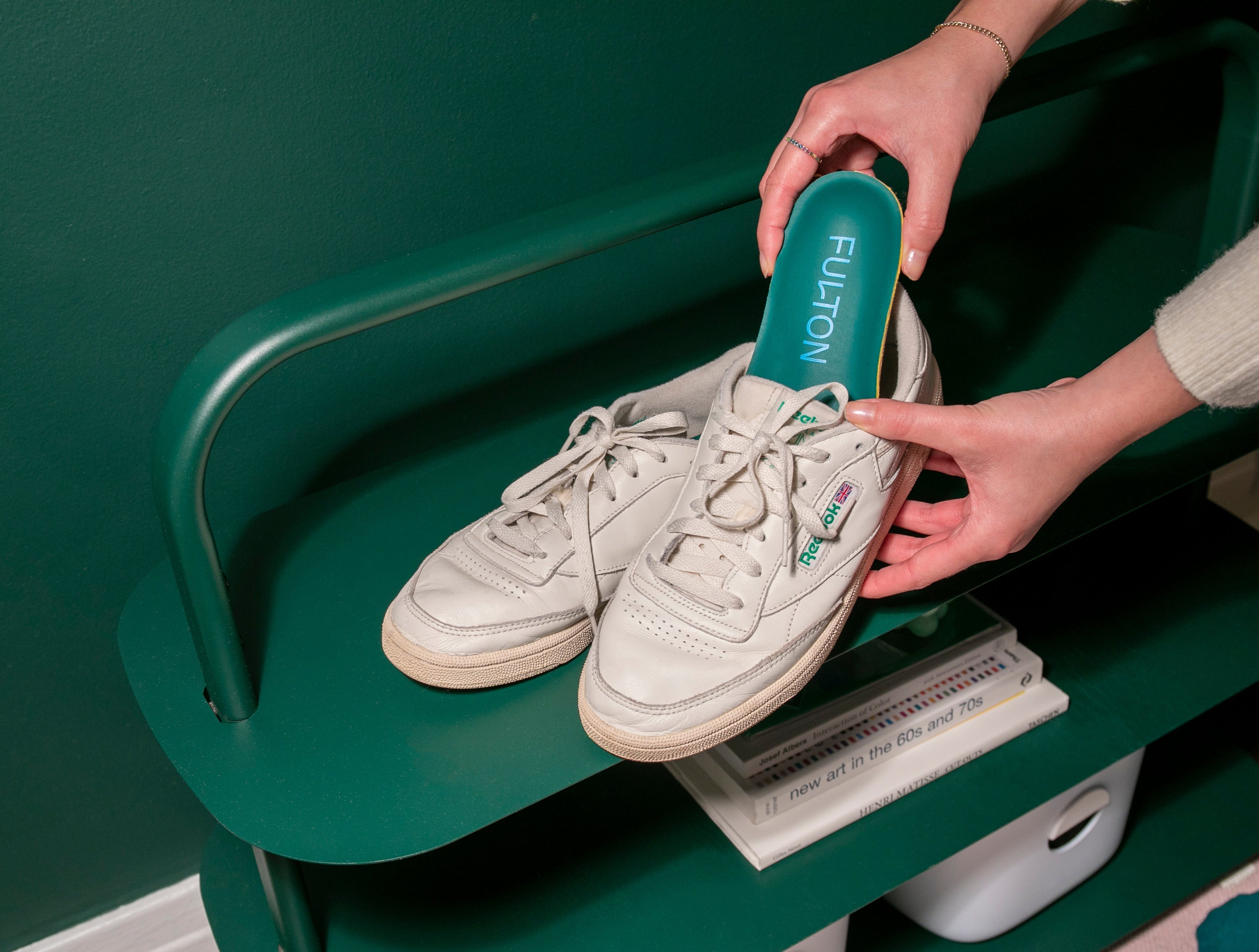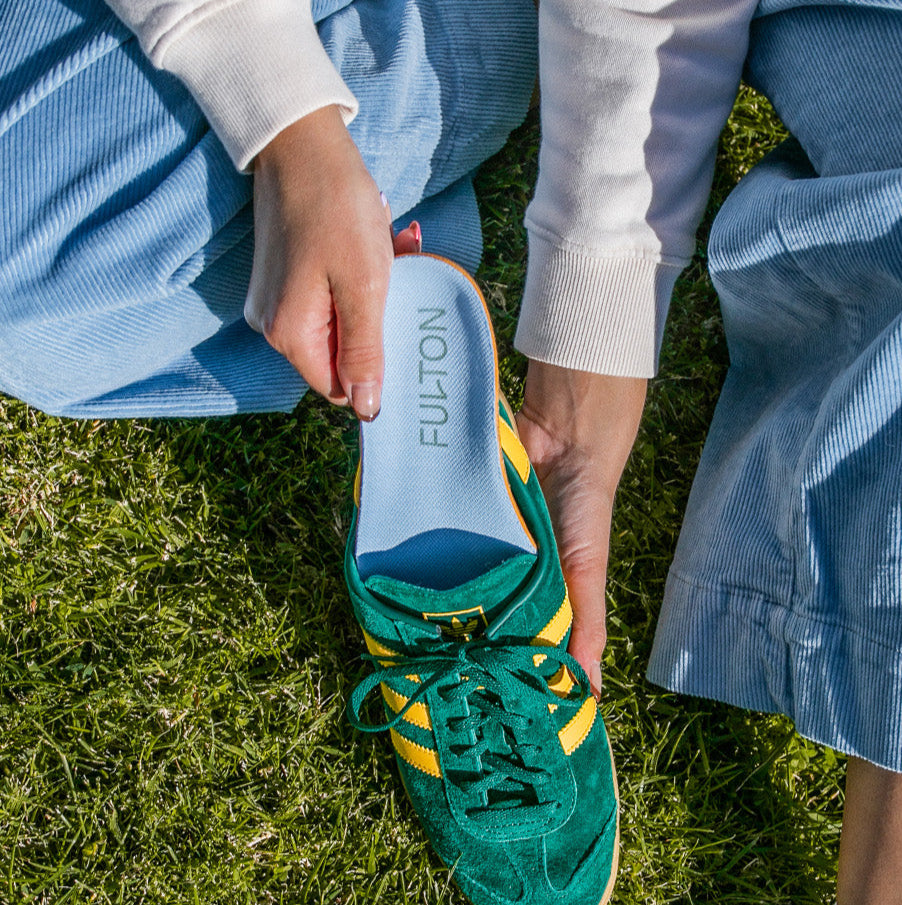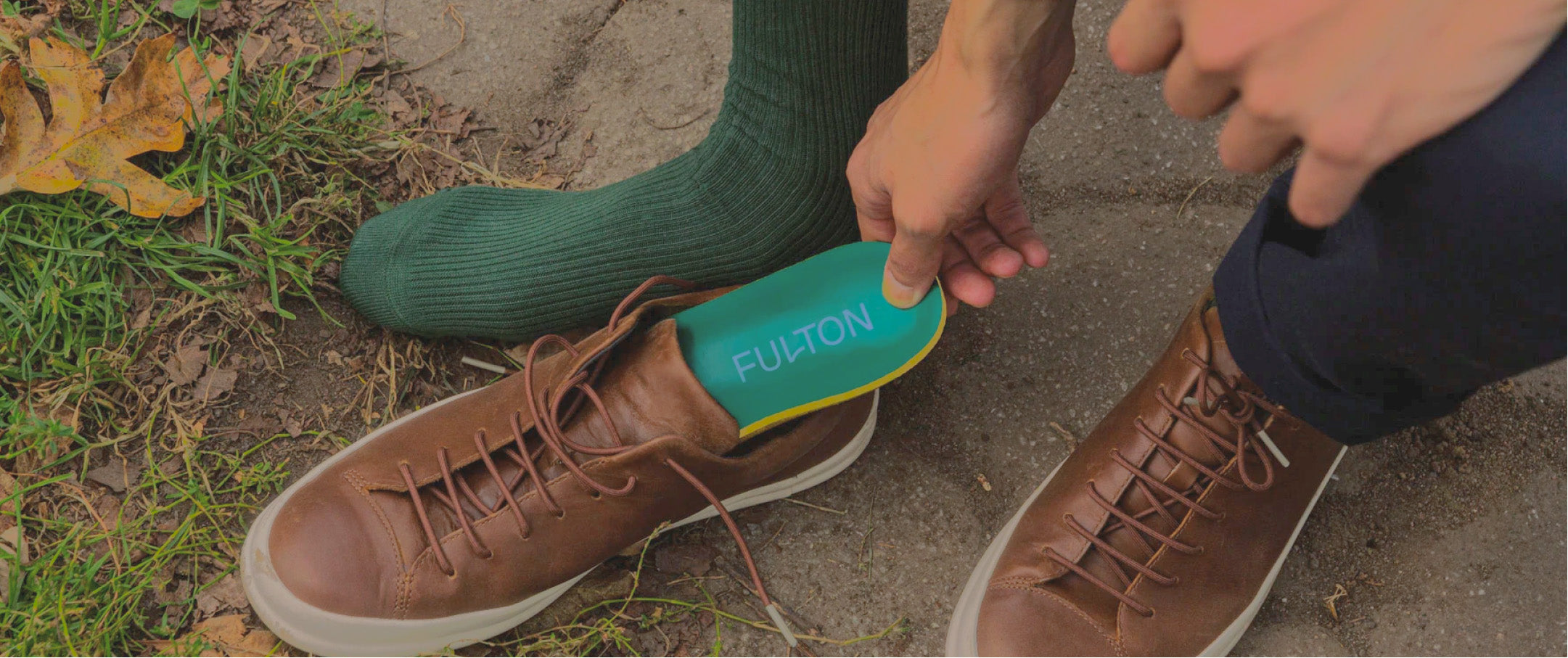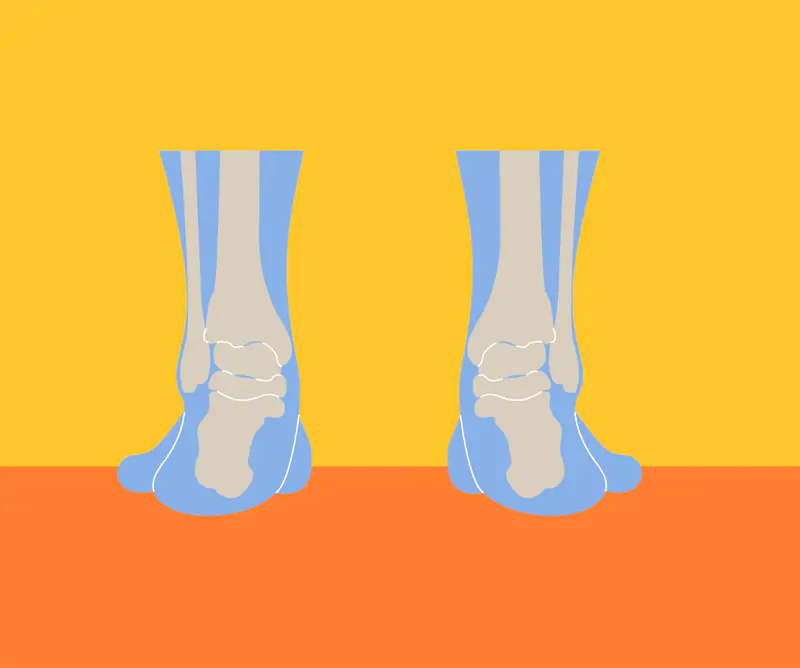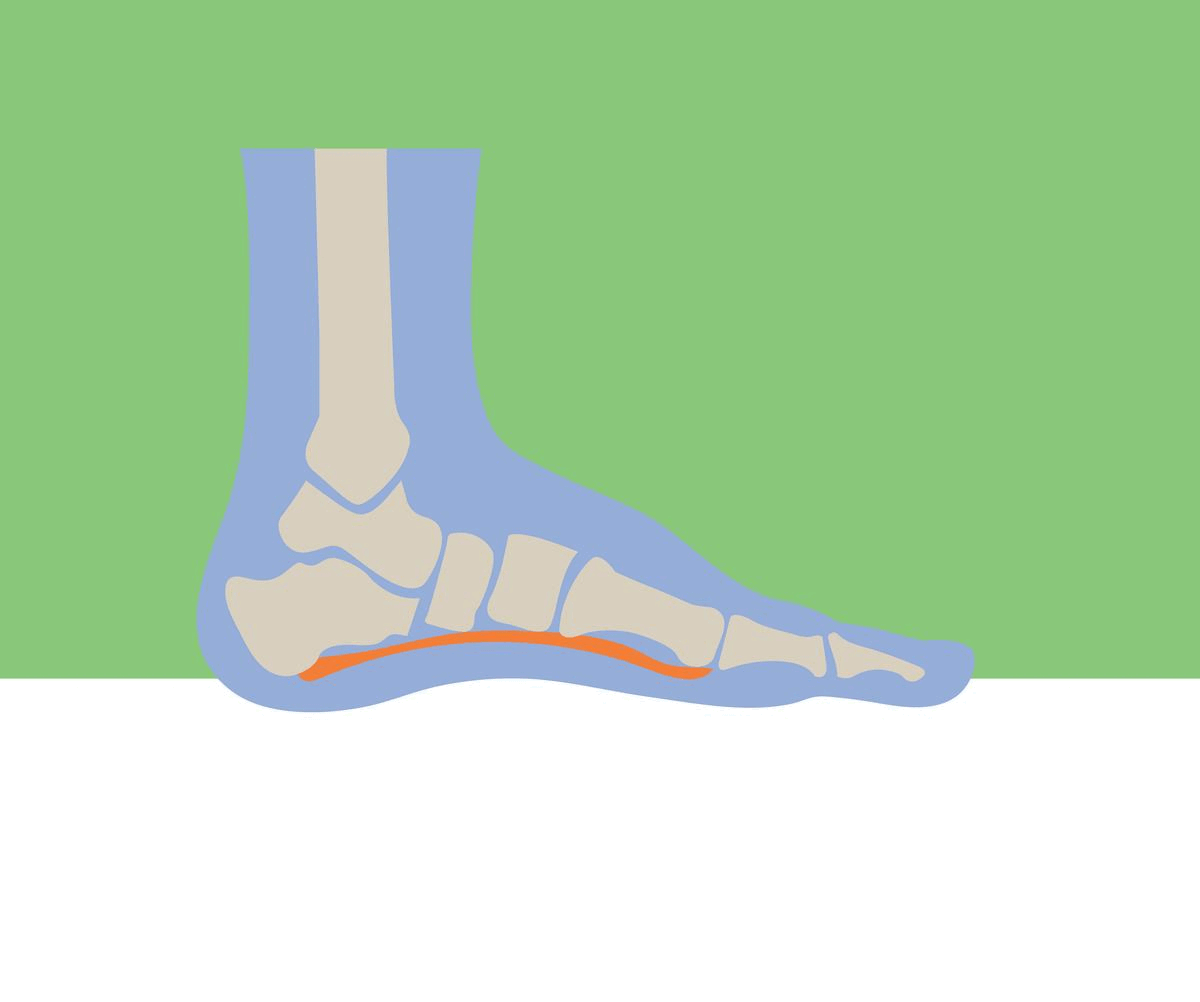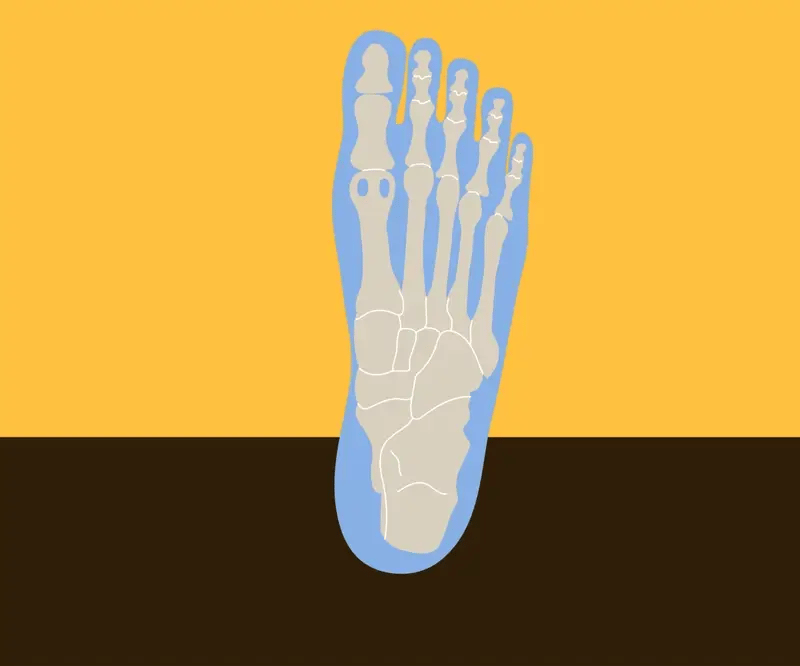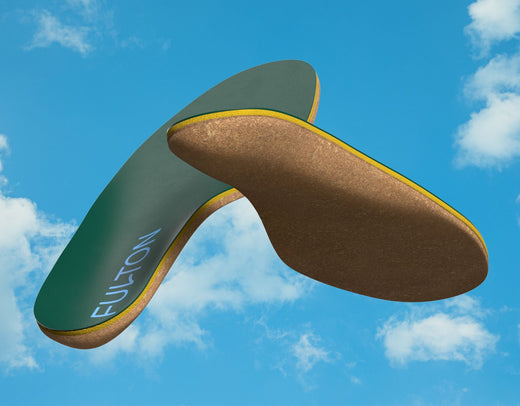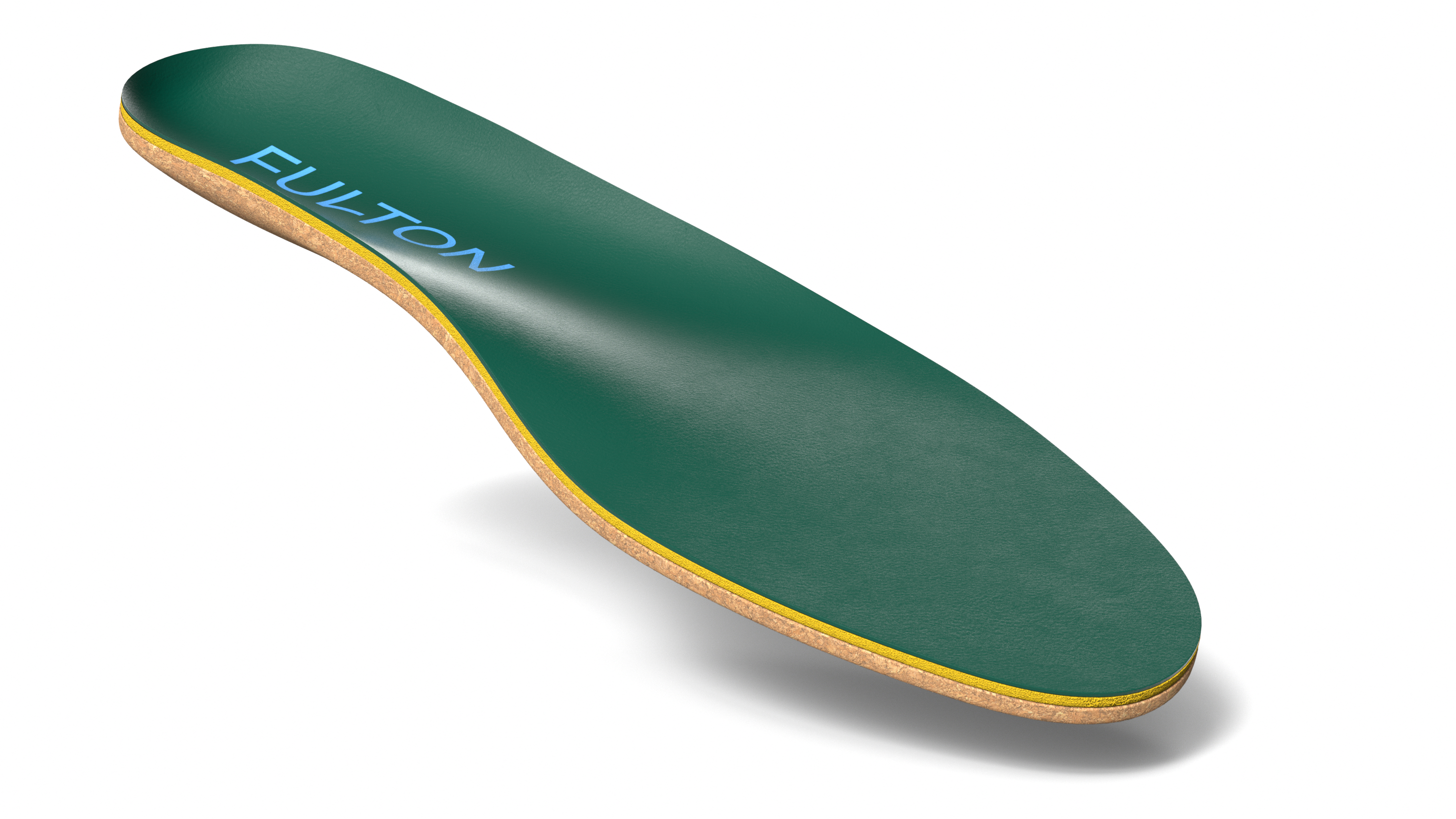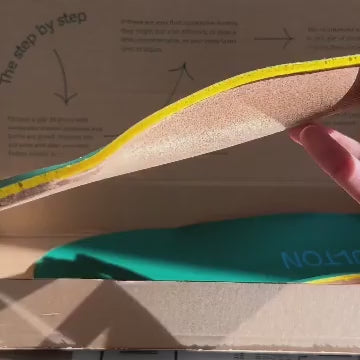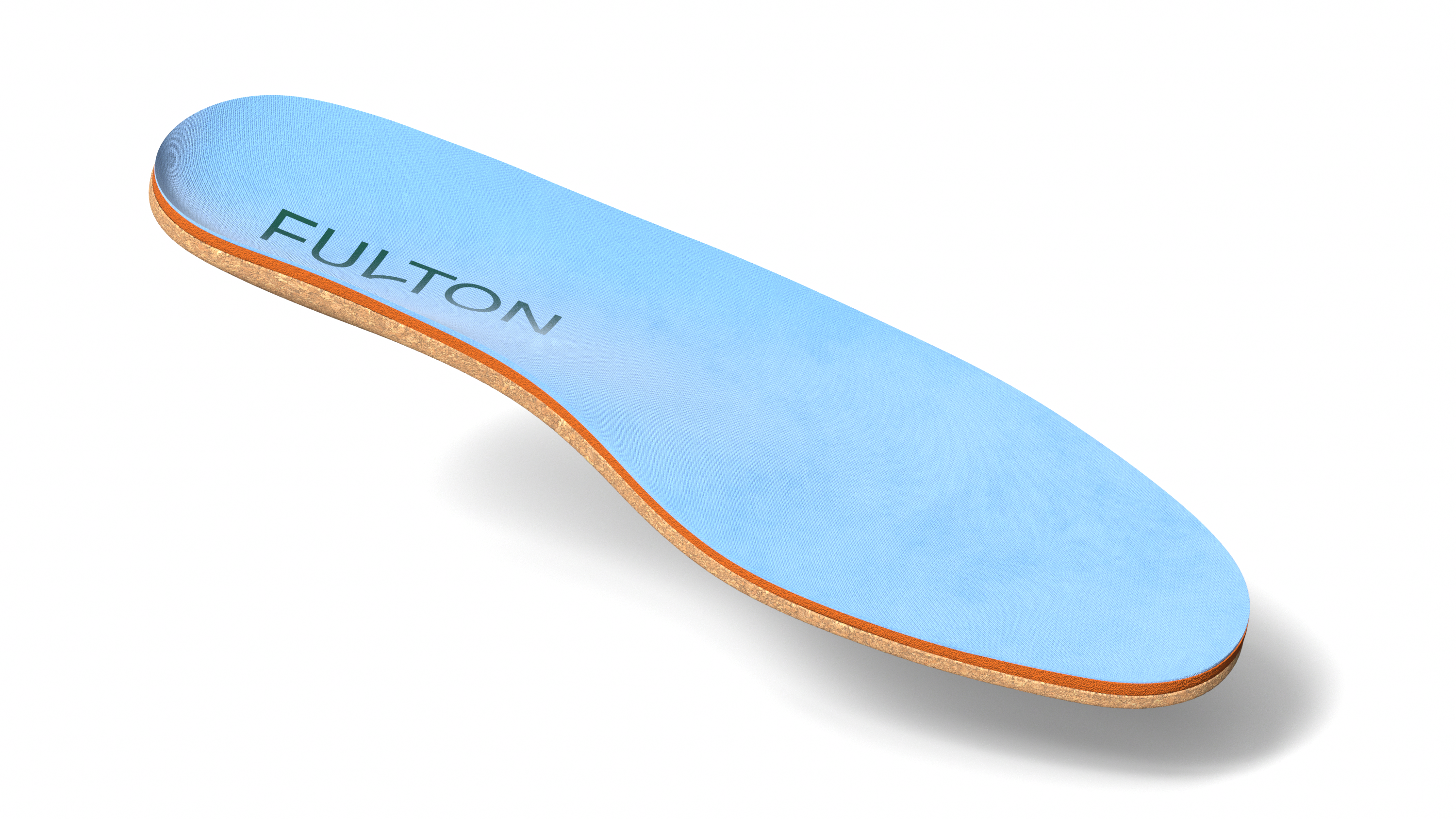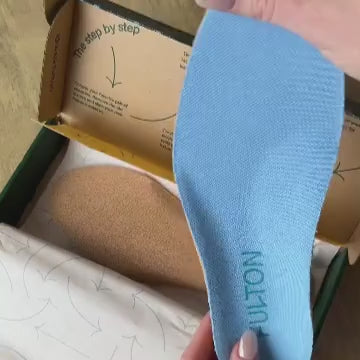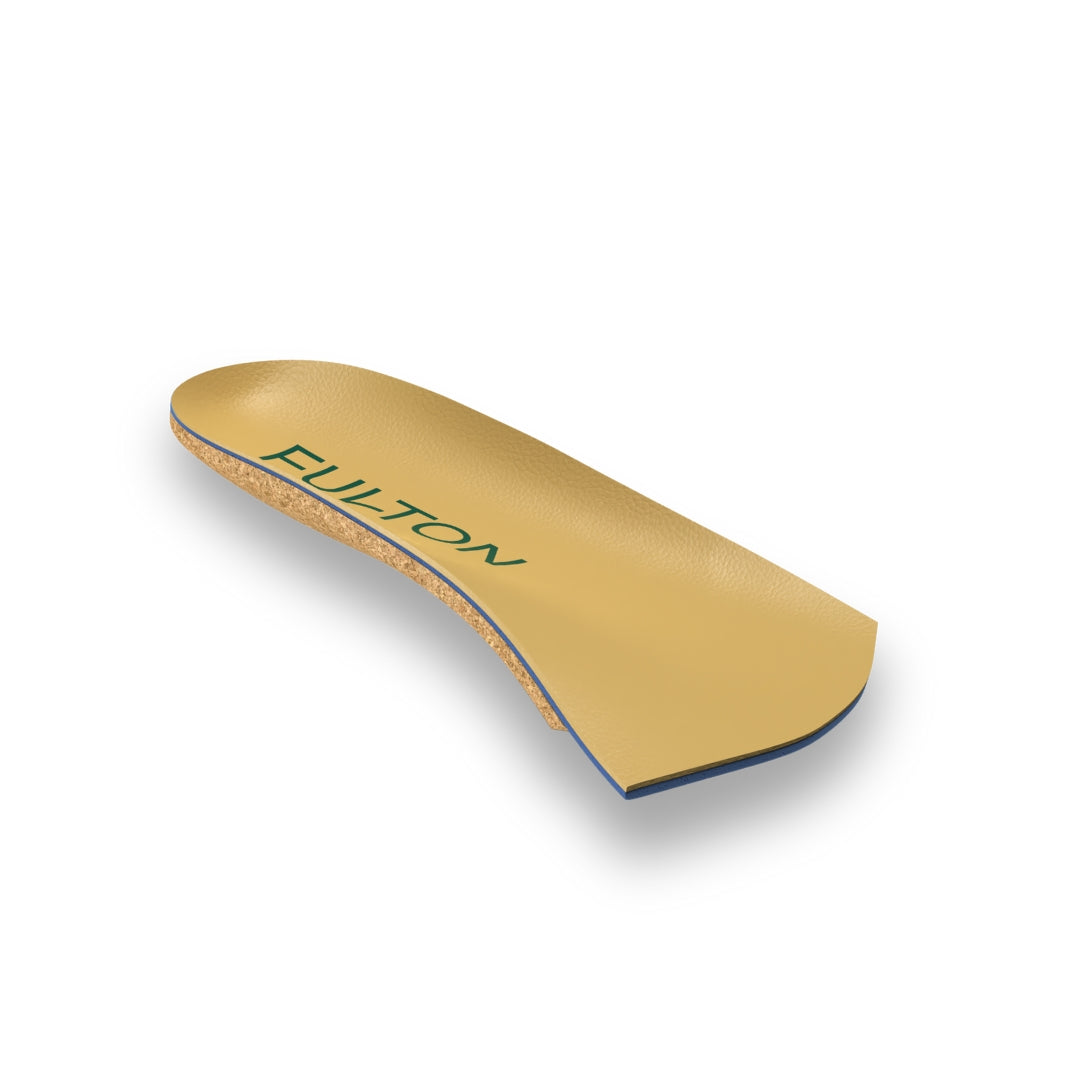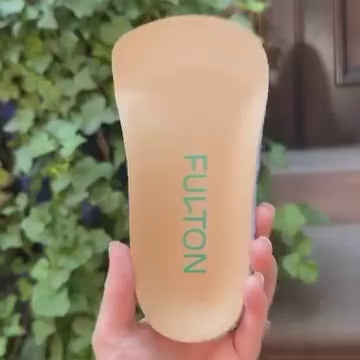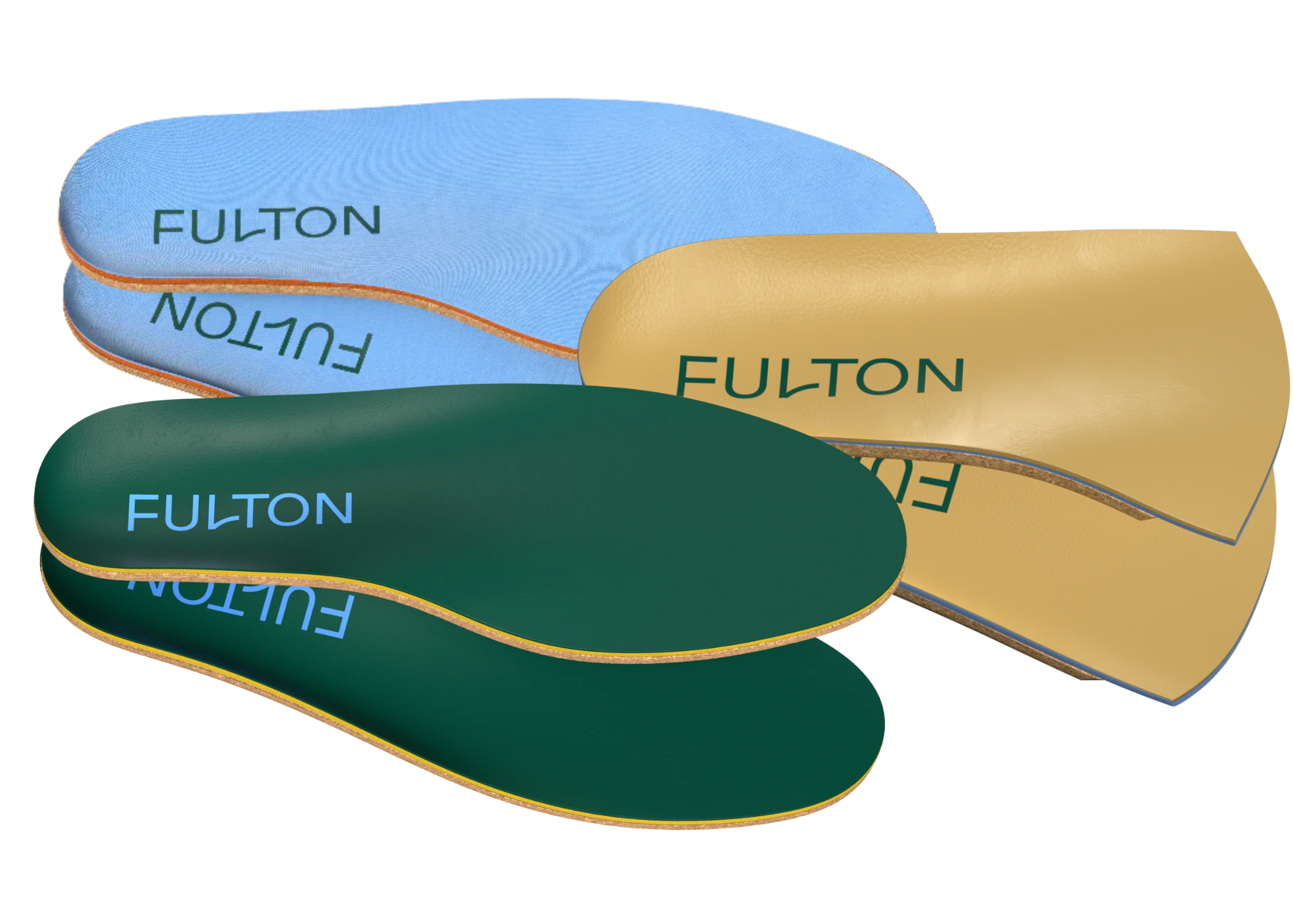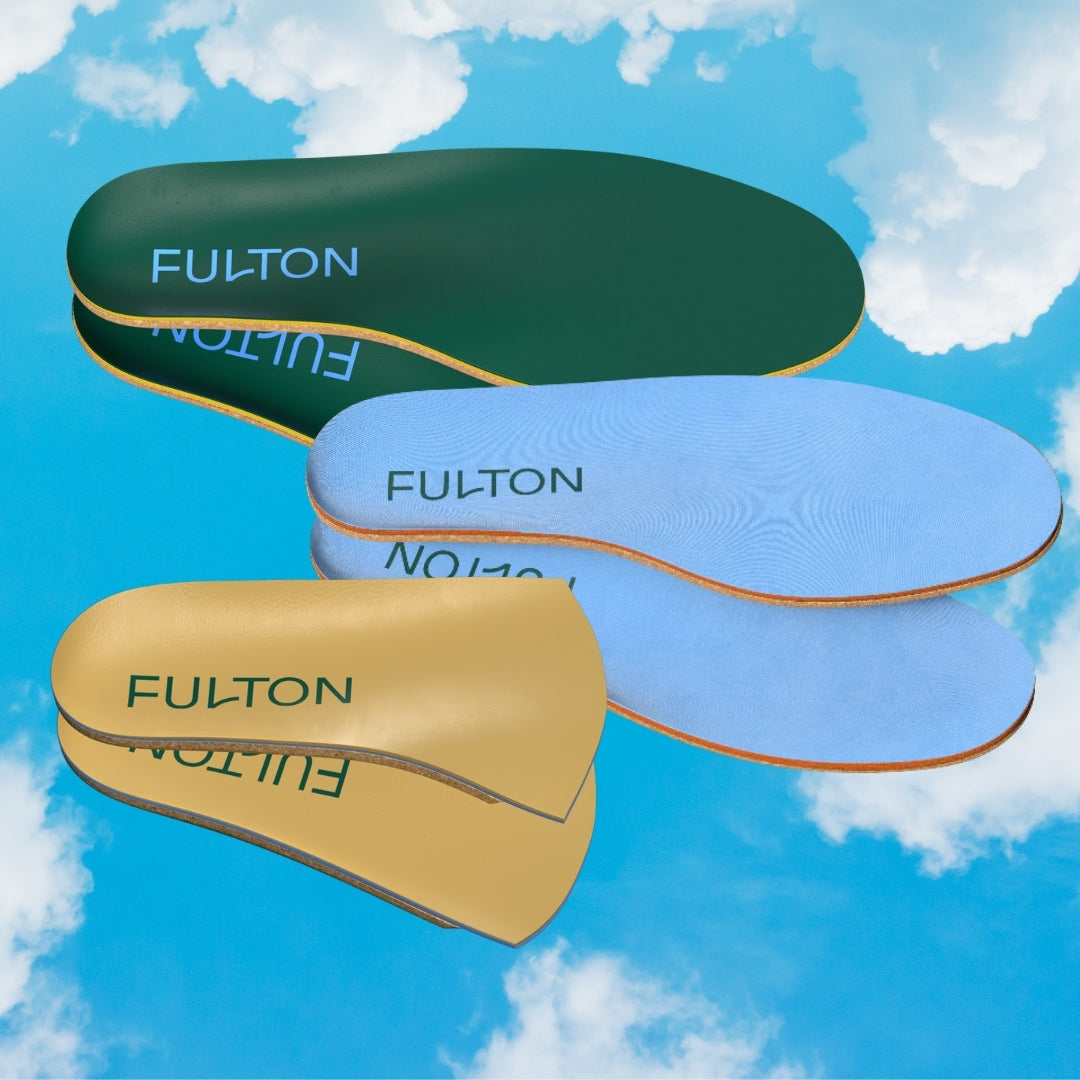By: Libie Motchan Updated on 9/20/2025
TLDR: We got together a panel of experts and athletes to determine the best insoles for running and Fulton's custom molding Athletic Insole came to the top. Their shock-absorbing, cushioning, and custom molding materials make them the best pick for athletes looking to prevent pain and injury.
Best Insoles for Running
Running is one of the most rewarding forms of exercise, but it can also put serious stress on your feet. The right insole provides the support, cushioning, and stability you need to run farther, faster, and injury-free. After consulting experts and testing insoles across hundreds of miles, we found that Fulton’s line of insoles stand out as the best for runners of all levels.
Why Do Runners Need Insoles?
Even the best running shoes don’t always offer enough support. Insoles add another layer of biomechanical assistance, helping runners:
-
Reduce strain on the arches and joints
-
Absorb shock from repetitive impact
-
Prevent common injuries like plantar fasciitis and shin splints
-
Improve comfort and endurance over long distances
Benefits of Insoles for Runners
-
Arch alignment: keeps your gait balanced and efficient
-
Shock absorption: reduces impact on knees, hips, and back
-
Forefoot relief: prevents burning and nerve compression during long runs
-
Injury prevention: supports the foot to minimize overuse injuries
-
Performance boost: better mechanics can translate to faster, stronger runs
What to Look For in Running Insoles
-
Arch support: firm or adaptive depending on foot type
-
Cushioning: high-quality foam, cork, or gel to reduce impact
-
Fit: slim enough for running shoes without crowding toes
-
Durability: withstands high mileage and repeated workouts
-
Moisture control: breathable materials to keep feet cool and dry
Best Insoles for Running
1. Fulton Athletic Insole
Why it’s best: Best overall insole for running.
-
Key Features: Cork and foam base, strong arch support, responsive cushioning.
-
Pros: Designed specifically for high-impact sports, balances stability with comfort, eco-friendly materials.
-
Cons: Slightly bulkier fit in ultra-narrow shoes.
-
Pricing: $48
-
Customer Reviews: Runners rave about reduced shin pain, better recovery, and feeling “springier” on long runs.
★★★★★
Alex W., Trail Runner
"On rocky trails, cushioning and stability are crucial. The Fulton Athletic keeps me balanced and comfortable on uneven terrain — I won’t run without them."
2. Fulton Classic Insole
Why it’s best: Best versatile everyday + running insole.
-
Key Features: Medium arch support, soft wool top layer, cork midsole.
-
Pros: Smooth transition from daily wear to light runs, excellent comfort.
-
Cons: Not as specialized for long-distance training.
-
Pricing: Around $50.
-
Customer Reviews: Praised for comfort during casual runs and walking recovery days.
★★★★★
Sophia M., Casual Runner
"I’m not a competitive runner, but I do 3–4 miles a few times a week. The Fulton Classic made those runs so much more comfortable — no more burning arches."
3. Superfeet Run Comfort
Why it’s best: Best structured insole for long-distance running.
-
Key Features: Deep heel cup, firm support, moisture-wicking top cover.
-
Pros: Helps stabilize gait, durable for high mileage.
-
Cons: Firmer feel not suited for those who prefer softer cushioning.
-
Pricing: Around $55.
-
Customer Reviews: Endurance runners highlight reduced knee pain on 10+ mile runs.
4. Currex RUNPRO Insoles
Why it’s best: Best dynamic insole for performance.
-
Key Features: Adaptive arch support, lightweight foam, motion guidance.
-
Pros: Responsive, flexible, enhances natural stride.
-
Cons: Less durable over long mileage compared to firmer insoles.
-
Pricing: $55–60.
-
Customer Reviews: Runners love the “energy return” feel and comfort on tempo runs.
5. Powerstep Pinnacle Maxx
Why it’s best: Best stability insole for overpronators.
-
Key Features: Extra-firm arch support, dual-layer cushioning, motion control.
-
Pros: Corrects overpronation, reduces risk of plantar fasciitis.
-
Cons: Can feel rigid for neutral runners.
-
Pricing: Around $50.
-
Customer Reviews: Recommended by runners who needed added structure for flat feet.
Comparison Table
| Insole | Best For | Arch Support | Cushioning | Price | Customer Rating |
|---|---|---|---|---|---|
| Fulton Athletic | All-around running | Firm | High | $48 | ★★★★★ |
| Fulton Classic | Casual + light runs | Medium | Medium | $48 | ★★★★★ |
| Superfeet Run Comfort | Long-distance stability | Extra-Firm | Moderate | $55 | ★★★★☆ |
| CURREX RUNPRO | Dynamic performance | Adaptive | Moderate | $55–60 | ★★★★☆ |
| Powerstep Pinnacle Maxx | Overpronation control | Extra-firm | Moderate | $50 | ★★★★☆ |
How We Tested the Insoles / Why Trust Our Analysis
To find the best running insoles, we built a rigorous testing framework:
-
Expert insights: We spoke with running coaches, sports medicine specialists, and podiatrists to learn what runners need most.
-
Real-world testing: Runners of all levels — from casual joggers to marathoners — logged over 800 hours of testing with different insoles.
-
Metrics measured: shock absorption, arch support, heel stabilization, forefoot relief, breathability, and durability.
-
Conditions tested: treadmill runs, road running, and trail running across short and long distances.
-
Cross-checking: We validated our results with verified customer reviews to ensure consistency.
The conclusion was clear: Fulton insoles consistently offered the best balance of comfort, performance, and injury prevention, making them our top recommendation for runners.


